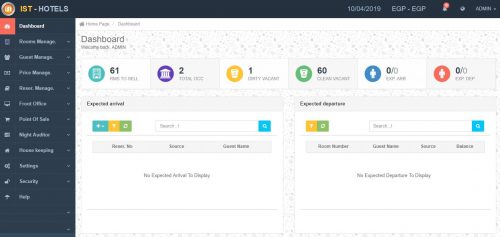

The VHP itself must be regularly reviewed by health personnel.

An important element of the VHP is regular fish health review to gauge the health status of stocks and the success or otherwise of control measures in place. This will also detail the use of internal and external laboratory and veterinary services. The VHP must set out the investigative procedures for any possible disease condition including the chain of responsibility for sampling, submission of specimens, reporting and actions taken. This should include water quality and environmental monitoring and early warning of problems such as algal blooms and jellyfish. Ensuring that personnel involved are able to recognise good health, welfare and behaviour and signs that something may be going wrong. The VHP should set out vaccination policies and tests to ensure optimum sea water transfer.Īn essential part of the VHP details how day to day monitoring is carried out. Appropriate treatment regimes, use and control of veterinary medicines and chemicals including their handling and storage should also be included. These should detail the risks and appropriate programmes to reduce those risks. The VHP needs to address specific disease control measures such as strategic lice control, control of IPN and also aspects of fish health such as predator deterrence and mortality removal. This may also include feeding strategies and control of the fish's environment such as maintaining clean nets, setting maximum stocking densities etc.Ĭontrolling disease and maximising welfare Most aspects of management and husbandry will have an impact on the health and welfare of the fish the VHP should refer to specific management procedures where risks and best practice are detailed. Biosecurity audits and monitoring to ensure that standards of biosecurity are maintained are also an essential element of the VHP This will include the safe disposal of fish waste. Appropriate biosecurity measures must be included in the VHP to ensure that visitors, staff, vehicles and equipment do not introduce disease into the farm and that appropriate barrier control is in place to prevent the spread of disease.

This includes ensuring that stock being brought into the farm are examined for the presence of any disease agents prior to stocking and that appropriate health certification is in place. To achieve these aims the VHP addresses a number of areas: To establish systems of recording and reporting details of fish health and setting out the chain of responsibility for perceiving, evaluating and acting upon issues of fish health. To establish systems for monitoring the health and welfare of the fish including environmental monitoring. To ensure that systems are in place to provide and maintain an environment which promotes fish health and minimises stress and poor welfare. To establish strategic control measures for specific disease threats. To establish management and husbandry systems which ensure best practice in maintaining the health and welfare of the fish. To prevent the spread of disease within and between farms and minimise the impact of any health problem encountered. To prevent the introduction of disease into the farm. There are a number of principal aims of the VHP: The VHP should be developed with the farms own veterinary surgeon and in-house health personnel and should be subject to regular reviews to evaluate the effectiveness of the health management systems which have been established. The VHP is not just a document setting out veterinary and health services which are used by the farming company, but should be an all-embracing document encompassing all aspects of the farming processes which have an influence on fish health and welfare.

Structured VHPs are also rapidly becoming established as useful tools in the maintenance of health in stocks of farmed fish and the presence of a formalised VHP is now a requirement of many quality assurance schemes and retailer's codes of practice. V is for Veterinary Health Plan - By David Cox, the Fish Vet Group - The Veterinary Health Plan (VHP) has been used for several years as part of good farming practice in many terrestrial animal production systems and forms the basis of several herd and flock health schemes.


 0 kommentar(er)
0 kommentar(er)
